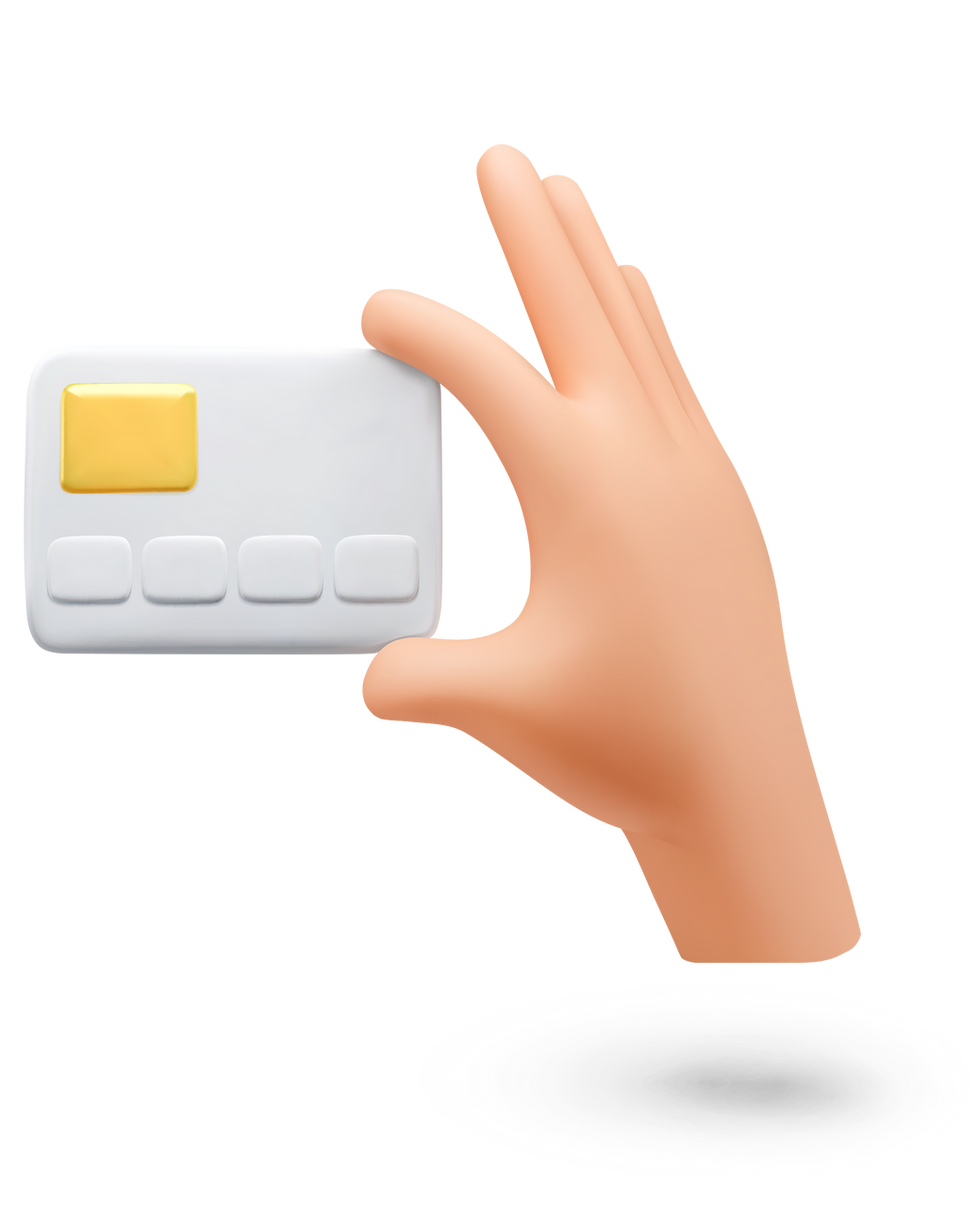Effective Strategies for Mastering the Japanese Language
- fotaquest
- Jun 24, 2025
- 3 min read
Effective Strategies for Mastering the Japanese Language
By Lars Guo
Published: June 24, 2025
Opening Message: Hi folks! I hope you all are doing well! This blog is about what you need to do to learn Japanese. Learning is subjective since everyone learns differently, so take some things with a grain of salt. This is an updated version of a previous blog I wrote on how to learn Japanese. There might be some repeats, and there will be new ideas pitched that weren’t there before.
To explore how to learn a language more broadly, check out this blog post.

Pen Name: Create a Japanese pen name. This will be your identity in class and on assignments, helping you think in the language and immerse mentally. Read more about it here.
Learn the Kana: Learning hiragana and katakana is essential for reading and spelling all Japanese words. Katakana is mainly for foreign words; hiragana is for native ones. Once you master them, begin learning kanji.
Learn Kanji: Kanji is vital for reading and writing. Many Japanese words use kanji, alone or in combination with kana. You can use rote repetition (writing the same kanji repeatedly) or spaced repetition tools like Anki or Memrise. These apps help you review kanji right before you're likely to forget them. Anki is free on Android and desktop, while on iOS it has a cost. Memrise is free on Android too, but pricing varies for Apple.
Recommended resources:
Get a Textbook or Two and Their Workbooks: Textbooks provide structured grammar and vocabulary lessons. I started with Genki, which is beginner-friendly and made for English speakers. Minna no Nihongo is also for beginners but fully in Japanese. For intermediate learners, Tobira is a kanji-heavy choice, while Quartet includes English explanations and workbooks. I found Quartet through the Tokiandi YouTube channel.
Resources:
Watch Japanese YouTube & Create a Japanese Google Account: Make a separate Google account dedicated to learning Japanese. Subscribe to channels like Tokiandi and only watch Japanese-language content. Take handwritten notes while watching to improve retention and avoid mixing in content from your native language.
Listening Practice: Immerse yourself in native Japanese audio. You may not understand everything, but your ears will adapt. Watch anime, movies, or real conversations. Exposure makes comprehension more natural.
MP3 Player: If you find internet distractions overwhelming or want offline learning, an MP3 player can help. I discuss this idea in more detail in this post.
Have a Dictionary: Dictionaries aren’t required but can be helpful, especially when traveling. Look for ones with furigana, kanji, and English translations. A denshi jisho (electronic dictionary) is also an option—make sure it allows handwritten kanji input. More on that here.
Free and physical options:
Speak to Native Japanese Speakers: Talking to native speakers boosts your fluency. iTalki offers tutors with varying price points. You can also try HelloTalk, a free app for language exchange. Be cautious and safe when using any online platform.
Take Notes: Take handwritten notes on lessons, vocabulary, grammar, and kanji. Writing things down strengthens memory. You can use a tablet and stylus, but a classic notebook works just as well.
Create Your Own Practice Sentences: Writing your own example sentences helps reinforce learning. It's best to have them checked by a native or fluent speaker.
Create a Project: I began a personal translation project to read a favorite book in Japanese. You can start with manga or create your own cheat sheets. Read more in Part 1 of my language translation project.
Measure Your Japanese: Take the Japanese Language Proficiency Test (JLPT). N5 is the easiest and N1 the hardest. It’s recognized for employment—N3 is often needed for restaurant work, and N2 or N1 for corporate roles. Even if you don’t need it for a job, it’s a solid benchmark.
Additional Resource: You can also check out my Japanese Studies blog post for more tools and strategies.
Closing Message: Do you agree with this advice? Did you find it helpful? I’d love to hear your thoughts. Stay tuned for the next post and have a wonderful day!
#LearnJapanese #JapaneseLanguage #StudyJapanese #JLPTPrep #JapaneseGrammar #KanjiStudy #KanaPractice #AnkiApp #GenkiTextbook #TobiraTextbook #LanguageImmersion #JapaneseYouTube #LanguageTips #Jisho #LanguageJourney #JapanesePenName #TranslationProject #HelloTalk #iTalkiTutors #LanguageLearningResources



Comments